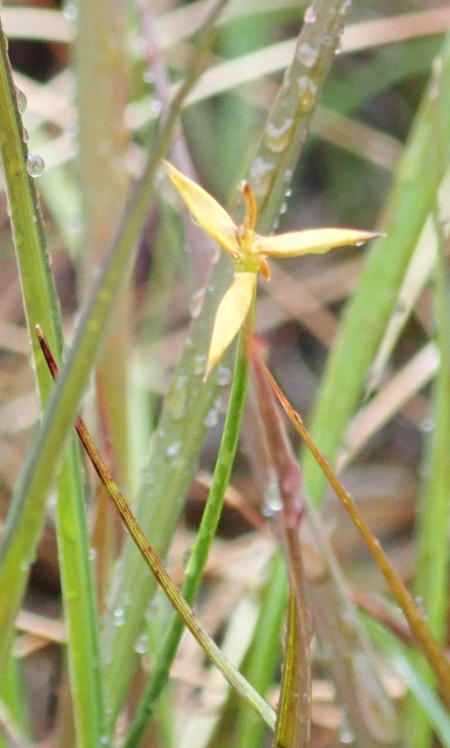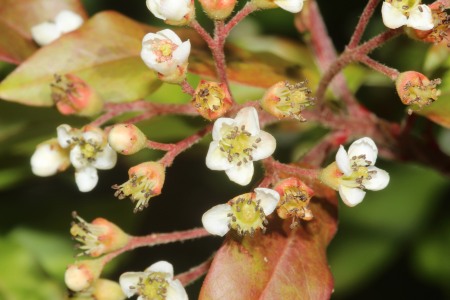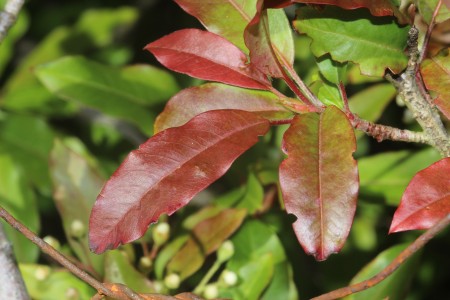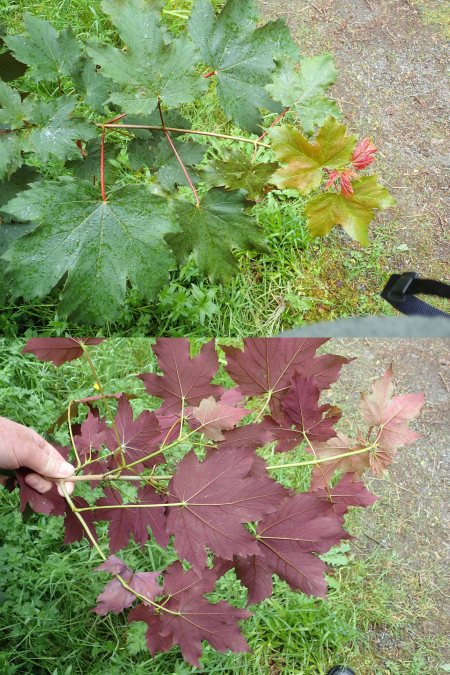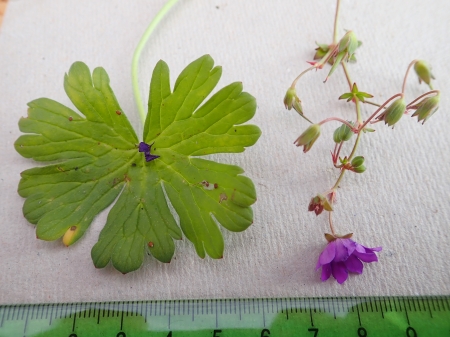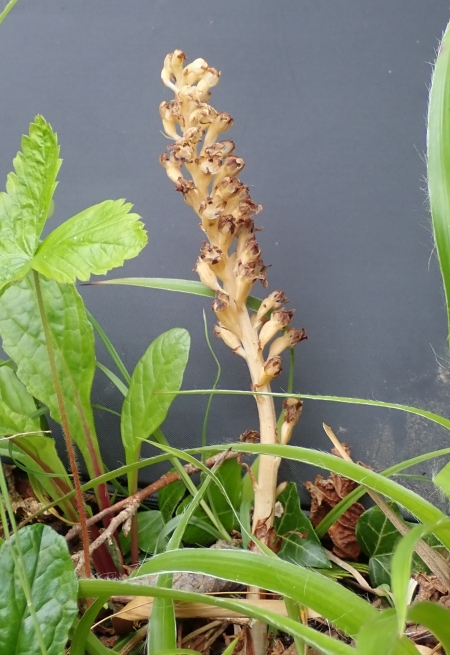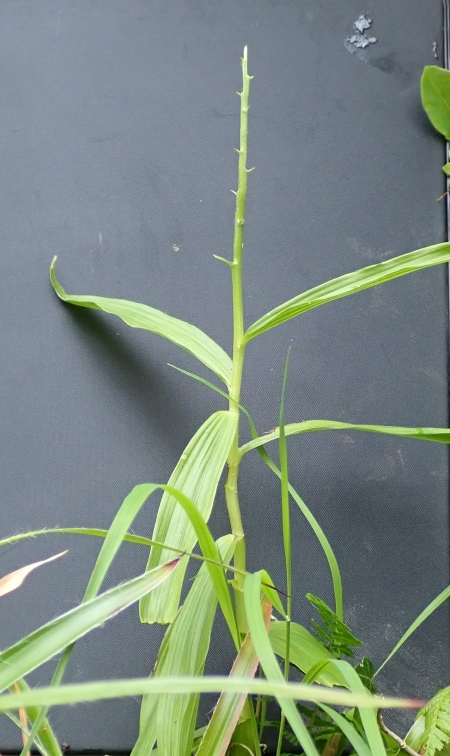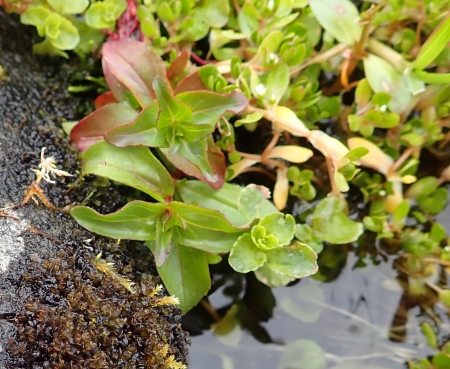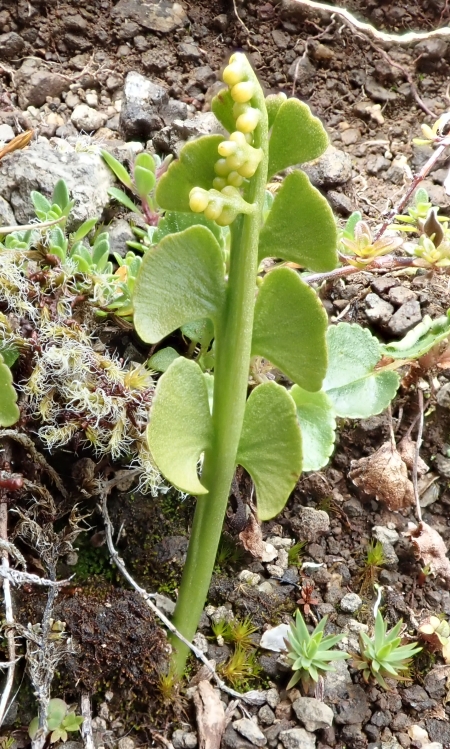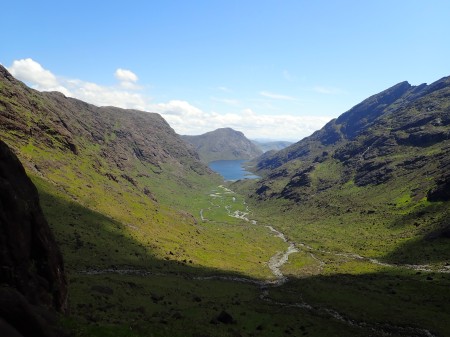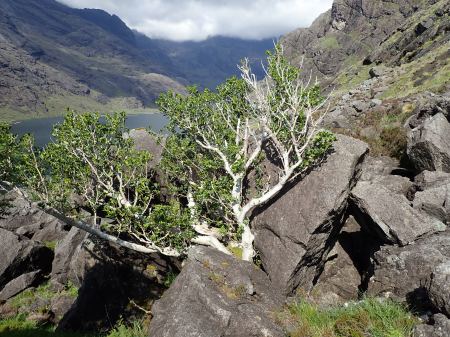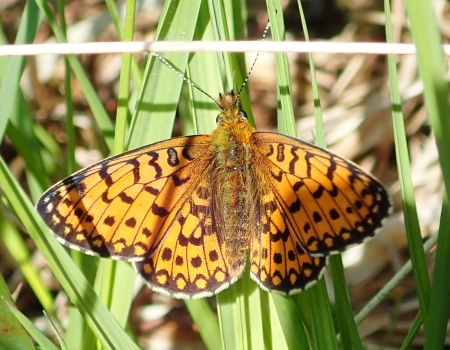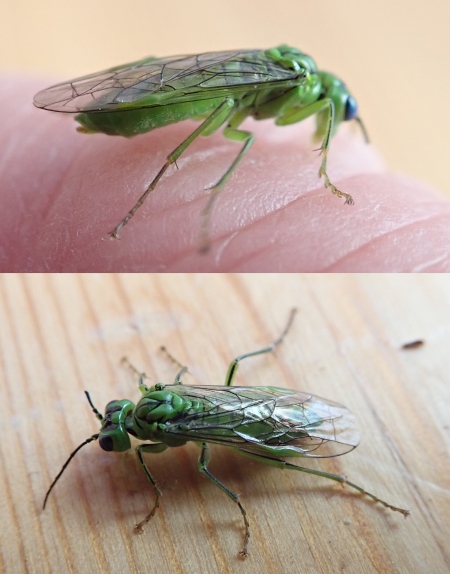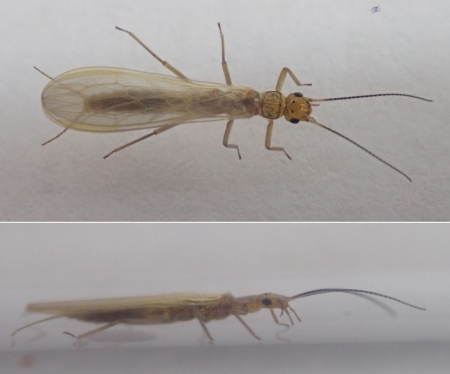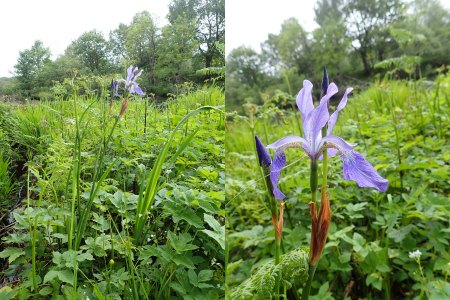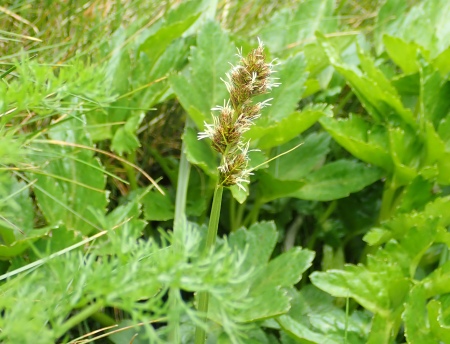Last Saturday I headed across the Skye Bridge to help out with recording in the adjacent VC105 (W. Ross). Of relevance to my own patch was the finding of Veronica montana (Wood Speedwell) not far from Kyle in NG72 – it is not recorded in NG72 in VC104.
When I got home I broke my laptop. It failed whilst doing a System Restore and I couldn’t even open it in Safe Mode. To cut a long story short, I am now back in business with the same machine but I am trying to buy a new laptop (turns out to be more chaos!).
The upshot of all this is that whilst I have continued to get out and about, computer time has been dedicated to sorting this out rather than writing my blog.
So… back in VC104, fourteen member of Skye Botany Group went to Torrin on Tuesday and re-found Epipactis atrorubens (Dark-red Helleborine) amongst other nice things and added 13 taxa to the well-recorded tetrad NG52Q.
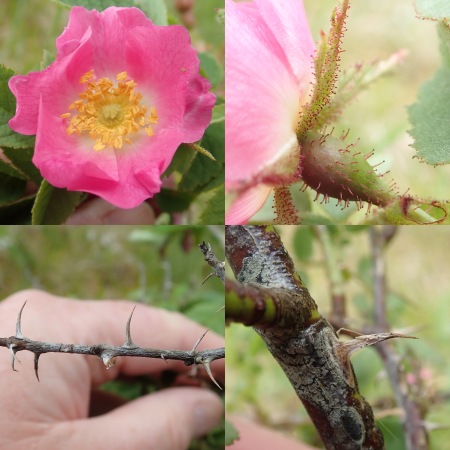
Rosa sherardii (Sherard’s Downy-rose)
On Wednesday Seth, Neil and I went to Bay and Sgùrr a’ Bhàgh in search of an old record for Paris quadrifolia (Herb-paris). We failed on that but had an excellent day adding Draba incana (Hoary Whitlowgrass) to the tetrad and finding daffodils on the top of a stack. Heaven knows who thought planting them there was a good idea.
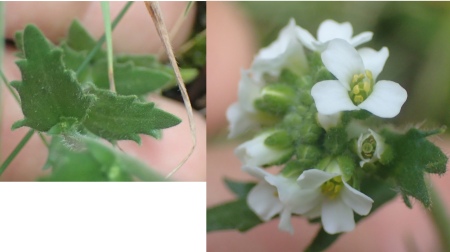
Draba incana Photo: S Gibson (edited)
Yesterday I toured a number of sites in Trotternish and re-found Petasites hybridus (Butterbur) at Brogaig, last recorded in 1980 (not tricky given the details from the old record). The Carex diandra (Lesser Tussock-sedge) at Loch Cleat is flourishing. It is in large quantities in the marsh at the west end but also at intervals around the loch:

Carex diandra
I found this leaf-spot on Caltha palustris (Marsh-marigold) which I have only seen once before:

Ramularia calthae
There were large numbers of Gymnadenia borealis (Heath Fragrant-orchid) all over the place including road verges.

Gymnadenia borealis (Heath Fragrant-orchid)
